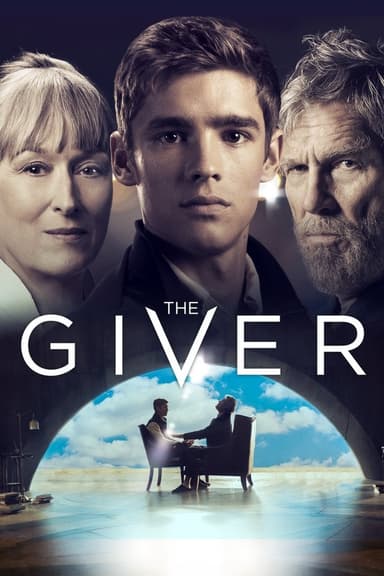
Rez Ball
2024 • Drama • PG-13
After losing their star player, a high school basketball team rooted in Native American culture must unite to keep their state championship dreams alive.
Runtime: 1h 53m
Why you should read the novel
Experience the authentic heartbeat of Native basketball culture in Michael Powell’s 'Canyon Dreams.' The book immerses you deeply in the lives, hopes, and challenges of Navajo athletes and their community, offering rich, real-life stories and nuanced perspectives. Powell’s firsthand reporting brings readers into the gym, onto the red dust roads, and into the everyday victories and struggles that shape these young men and their coaches—far beyond what a movie can capture.
By reading the source material, you can understand the broader historical, social, and economic context behind the sport, gaining insight into reservation life and the significance basketball holds for so many. The book introduces a tapestry of real people and experiences, going into depth that a two-hour film cannot accommodate. Powell’s evocative prose invites emotional connection and reflection, revealing layers of meaning not always visible on screen.
Choose the book to truly appreciate the people behind Rez Ball: their resilience, dreams, and cultures. 'Canyon Dreams' encourages engagement with the real stories and gives readers the time and space to savor details, ask questions, and draw their own conclusions. It’s a moving, eye-opening journey that can leave a lasting impact far beyond the final page.
Adaptation differences
One notable difference between Rez Ball (2024) and 'Canyon Dreams' lies in narrative approach. The movie opts for a fictionalized, coming-of-age sports drama focusing on a single protagonist and his team, whereas the book is a non-fiction account following multiple players and providing a journalistic exploration of an entire season. This shift to a fictional narrative streamlines the story for cinematic impact but loses some of the rich diversity found in the book’s real-life cast.
Another key difference is the treatment of cultural and personal context. The film highlights certain cultural elements and character arcs but often in a condensed or stylized manner, aiming for broad audience appeal and emotional resonance. In contrast, the book delves deeply into the complex interplay of historical trauma, family dynamics, and community pressures that shape the athletes, offering a multi-layered understanding of reservation life and its challenges.
Characterization is also distinct between the two mediums. While the movie amalgamates or invents characters for dramatic effect, the book introduces readers to real individuals, each with unique backgrounds, strengths, and vulnerabilities. This provides an authenticity and complexity that fictional portrayals can only partially achieve. The movie’s characters often serve narrative archetypes, limiting the nuanced portrayals present in Powell’s reporting.
Lastly, the ending and tone differ significantly. The book’s conclusion is open-ended and reflective, consistent with real life’s messiness and ambiguity, whereas the film typically provides a more satisfying, uplifting resolution in line with the conventions of sports movies. The more realistic and sometimes somber observations in 'Canyon Dreams' invite deeper thought, while the adaptation’s inspirational tone seeks an immediate emotional payoff.
Rez Ball inspired from
Canyon Dreams: A Basketball Season on the Navajo Nation
by Michael Powell










